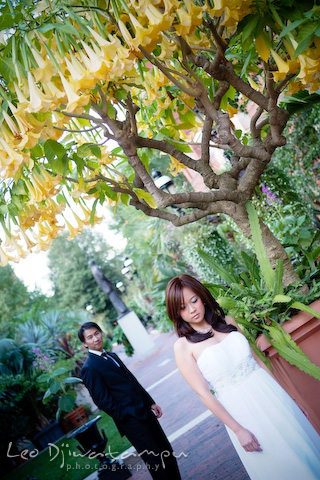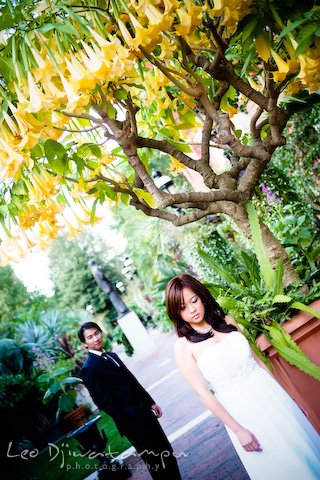Taking pictures during an event, trying to capture important moments, is half the battle. My job doesn’t stop at the end of the event. There’s still so much to do!
Consumer or Prosumer cameras will usually give finished images, so the user will not have to do any post processing to the images. The resulting images are usually satisfactory unless they encounter difficult lighthing situations. On the other hand, professional cameras, depending on the settings, usually give raw image which looks bland. This is actually intentional since professional photographers have different styles and will want the finished images to have a certain look that seems “cool” to them. 🙂
Let’s use the analogy of professional chefs. They wouldn’t want a finished or half finished cuisine to work on, right? They would want to start from raw ingredients, so they will be free to do whatever they want according to their own styles.
I will not talk about my style here. For this article, I want to show how I usually do my post processing.
This is a sample of a raw image, straight from the camera.

I would then process it so that it would look better for proofing. “Process” here means adjusting the contrast, levels, curves, white balance, etc. The client would then choose the photos from these proof images. Notice how the image now looked more three-dimensional than the previous one.

The post process for proof images is not as complex as the final stage. This speedier procedure is necessary since there will be hundreds and hundreds of images to process, and the client would want to see the proofs as soon as possible.
After the client choose the images they want to keep. I would further enhance these images so they look even better. I would analyze each image individually.
Each images are different, so why do a batch process on them like some do? Each and every one of them will require different approach if not slightly different.
Here is the finished image after further tweaking from the proof image. You can see that the color is more vivid and striking. Some of my clients say that the images on my portfolio album kind of pop out!

Sometimes to some extent, I would take out what I consider distracting elements from an image if necessary. Here is a sample of an image straight from the camera.

And here is the final image.

Do you see the difference? 🙂
Of course in order to have great images, I must have great images to start with, great images straight out of camera. Crappy images will be difficult to work with. Just like the chef example, it would be tough if not impossible to make a great dish if he/she has bad or even rotten ingredients.
This is why you trust professionals to do your wedding. You want to have great images to start with, and you want them to make the images “sing”. 🙂
In order to get great images from the start, it requires talent (or hard work), lots of experience, and extensive education. Of course it requires passion also. If one is passionate about their work, the result would reflect it.
I always invest in getting education for both in how to take great pictures and how to do post processing. I learn from workshops, seminars, books, videos, other photographers, etc. To me it is a constant learning field.
Leo Dj

I love the fresh approach! Great work!